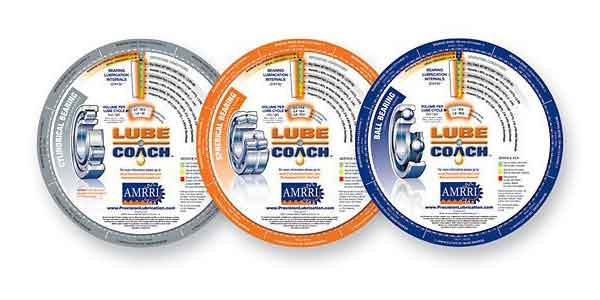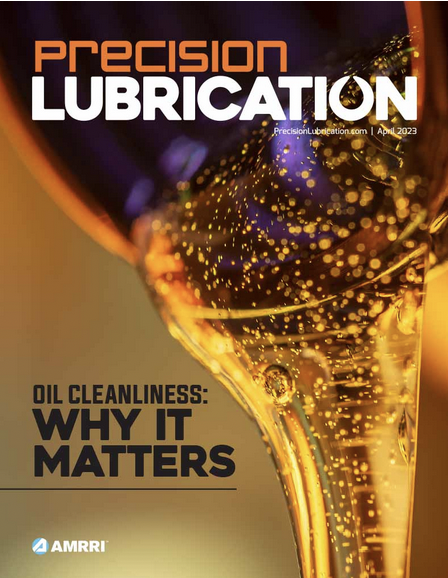Technical Articles
Benchmarking
Measuring Lubrication Program Health
Case Studies and Problem Solving
Energy Efficiency Through Precision Lubrication
Lubrication Technology and Management: The Next 10 Years
The Human Element: Labor and Skills Management
The Business Case for High-Performance Lubricants
Using Oil Analysis Data to Make Lubricant Upgrades
How to Construct a Lube Supply Agreement
Machinery Lubrication Technician Job Description
High-Performance Industrial Machine Lubricants
High-Performance Lubricants: Cost vs. Performance
Eco-Friendly Fluids for the Lubricants Industry
Nanotechnology: Science Meets Machine Reliability
The Promise of Specialty Lubricants
Industrial Machine Lubricant Application Practices
Lubricant Application: Grease Volumes and Frequencies
Lubricant Management: Dynamic Circulating Systems
Lubricant Management for Non-Circulating Sumps
Executing an Effective Sump Conversion
Developing an Electric Motor Lubrication Plan
Contractor-Based Lubrication Programs
Optimizing Lubrication Effectiveness with Ultrasonic Monitoring
Ultrasonic Energy Measurement to Improve Effective Lubrication Practices
Industrial Machine Lubricant Product Fundamentals
Selecting the Correct Lubricant
Understanding Grease Construction and Function
Lubricant Construction: Semi-fluid Lubricants
How to Determine Grease Compatibility and Why It’s Important
Industrial Machine Lubricant Selection – Oil
Lubricant Selection: Bearings, Gear Drives and Hydraulics
Chains & Cables: Lubricant Function and Composition
Selecting the Correct Lubricant for Element Bearings
Selecting the Correct Lubricant for Plain Bearings
Gear Drives: Selecting the Correct Lubricant
Hydraulic Systems: Selecting the Correct Lubricant
Positive Displacement Compressors: Selecting the Correct Lubricant
Dynamic Gas Compressors: Selecting the Correct Lubricant
Lubricant Condition Control
Proper Storage and Handling of Lubricants
Managing Sump Condition Control
Lubrication Program Design and Management
A Vision for Precision Machinery Lubrication
Creating and Effective Lubrication Program
Industrial Fluid Contaminants and Their Effect
Strategic Oil Analysis: Estimating Remaining Lubricant Life
Operator-Based Lubrication Practices
Strategic Oil Analysis: Instrument-Based On-Site Lubricant Analysis
Strategic Oil Analysis: Time-Dependent Alarms for Extended Lubricant Lifecycles
Selecting an Oil Analysis Laboratory
Oil Analysis: Finding Economic Value
Identifying Varnish and Oxidation Precursors in Lubricant Sumps
Building a Reliability-Centered Lubrication Program: Part I
Building a Reliability-Centered Lubrication Program: Part II
Lubrication Programs: Best-in-Class Doesn’t Mean Your Best Guess
Oil Analysis: Past, Present and Future
Machine Monitoring with Lubricant Based Analysis
Strategic Oil Analysis: Systems, Tools and Tactics
Strategic Oil Analysis: Setting the Test Slate
Strategic Oil Analysis: Developing the Test Slates
Strategic Oil Analysis: Selecting and Setting Alarms and Limits
Strategic Oil Analysis: Lubricant Sampling for Quality Results
Strategic Oil Analysis: Time-Dependent Alarms for Extended Lubricant Lifecycles
Integrating Online Sensors and Filtration for Moisture Management
Maximizing the Impact of Lubricant Analysis Reports
New Machine Lubricant Cleanliness
Planning for Destruction: The Problem of Grease Contamination




